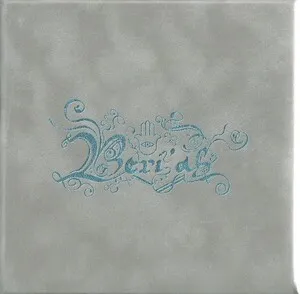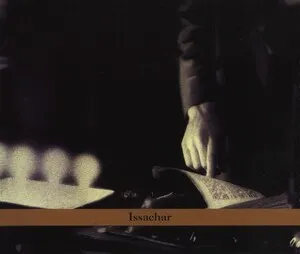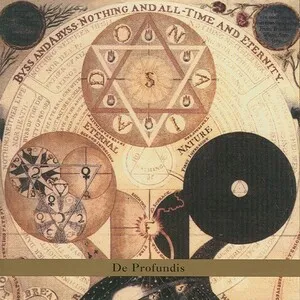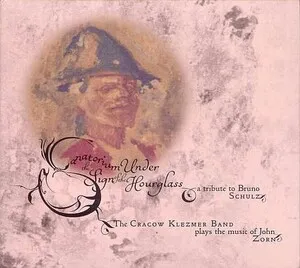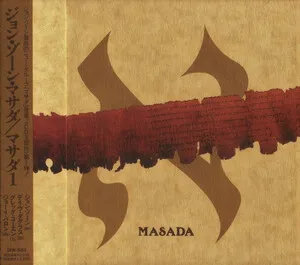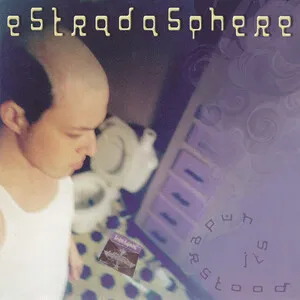Ashkenazi music is the broad musical tradition of Jews from the medieval German lands and, later, Eastern Europe. It spans sacred chant and cantorial practice (khazones), devotional nigunim (wordless melodies), and a rich secular repertoire of Yiddish folk song and dance tunes.
Its sound world draws on synagogue nusach (modal prayer formulas) and characteristic modes such as Ahava Rabbah/Freygish (Phrygian dominant) and Ukrainian Dorian, alongside Eastern and Central European folk idioms. Ornamented, melismatic vocal lines, heterophonic textures, and expressive rubato (as in the doina) are common.
Instrumentally, the clarinet, violin, tsimbl (hammered dulcimer), accordion, and brass became central—especially in dance forms like freylekhs, bulgar, hora, sher, and khosidl. Lyrically, Yiddish and Hebrew texts range from pious yearning and mystical ecstasy to sharp social observation and celebration of communal life.
Ashkenazi music coalesced in the Jewish communities of medieval German-speaking lands (the historic "Ashkenaz"). Synagogue chant and liturgical poetry (piyyut) absorbed elements of ancient Levantine practice while interacting with surrounding Christian and folk musical languages. Over time, distinct nusach (modal-prayer frameworks) and cantorial styles (khazanut) emerged.
As Ashkenazi life shifted eastward into Poland–Lithuania and the Russian Empire, the tradition expanded dramatically. Hasidism nurtured the nigun—wordless devotional melodies—while professional klezmorim developed instrumental dance repertoires for weddings and communal festivities. Violin, clarinet, and tsimbl led ensembles through forms like freylekhs, bulgar, and sher, and the improvisatory doina showcased solo expressivity.
Mass migration and urbanization brought Ashkenazi music into cafés, theaters, and recording studios. Yiddish theater and popular song flourished in Warsaw, Odessa, New York, and beyond, with composers fusing synagogue modal color with European popular styles. Star cantors toured internationally, and klezmer bandleaders recorded prolifically.
The Holocaust devastated the cultural heartlands of Ashkenazi life, but diaspora communities preserved and transformed the music, especially in North America and Israel. Late-20th-century revivals reanimated klezmer and Yiddish song on global stages, while synagogue and Hasidic repertoires continued evolving. Contemporary artists blend Ashkenazi modalities with jazz, classical, rock, and world-fusion aesthetics.


